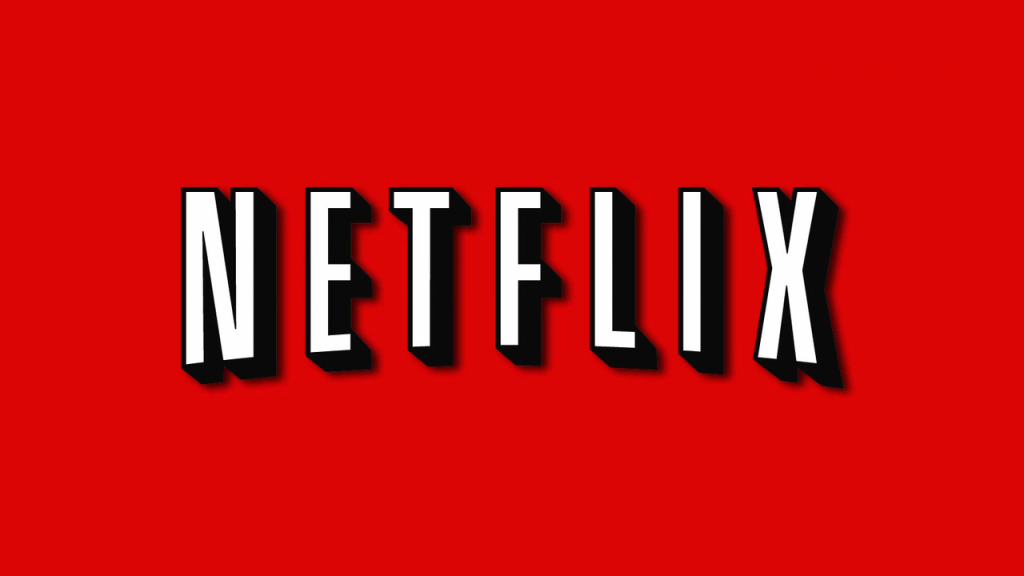For a monthly fee of just $7.99 Netflix customers have access to a wide variety of TV shows, movies and other original content. More often than not, users share accounts between family members and friends due to the company’s relaxed policies. Netflix doesn’t restrict the number of devices or users per account, but does limit each account to two simultaneous video streams.
Recently, Netflix has come under pressure from industry analysts who claimed that as many as 10 million people are accessing the service without paying, which is hurting Netflix’s revenue.
What to do? Netflix’s options included limiting the number of users and/or devices per subscription or charging for additional ones. Netflix chose the latter. It announced a new family plan for $11.99/month to be launched later this year. Industry experts felt this was not enough. The pricing model lacks a crucial ingredient: scaling.
Scaling – charging more for more users, is one of the most effective pricing levers, especially as media platforms migrate: from books to online; online to multiple social media/mobile platforms; or, as with Netflix, from DVD to streaming video.
In the B2B world, scaling is equally important. In the initial move from print to digital, some pioneering content companies saw their business models collapse as sales of hundreds of print copies were replaced by the purchase of a single DVD that was shared across networks. As the industry matured, different pricing models reflecting the value of additional users and/or access emerged:
- Initially, the concurrent user model was popular – taken from the software pricing model. But for many content vendors this didn’t work well. Simultaneous use cross-company was not common enough to drive revenue through up-tiering.
- Next came “per seat” or “bands of users” pricing. Some companies with “must have” content and broad usage, such as Bloomberg, were very successful with this model. But many other vendors did not have pricing power and were forced to discount by giving away seats or user bands. Also, many saw their customers ration usage, therefore limiting revenue growth.
- Increasingly, content providers move to enterprise licenses, giving access to an unlimited number of users within a client organization. The price for this open license is determined by a formula that may include several factors, such as size of company (as a proxy for potential users), industry type, industry profitability, etc. – metrics vary by market and product. This model provides a win-win for both vendor and client as they can be tailored to the particular customer type. Seeking to get the greatest value for their fixed investment, clients typically increase usage making the service more indispensable, and driving growth and ROI for the vendor.
For more information on how scaling can work for your company, contact us at 203.514.0515

